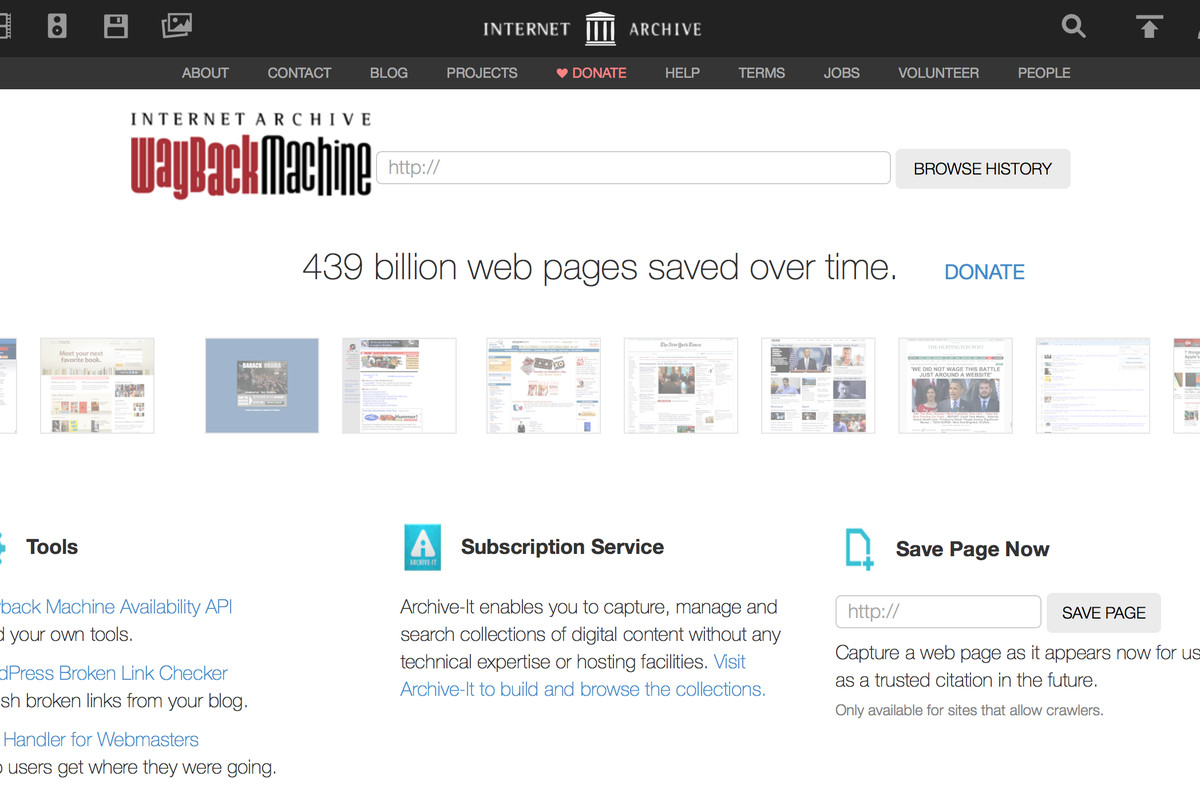Following up from my article “Why I Miss the Nineties Internet” here are some useful resources if you’re interested in getting involved with creative coding in the net art space or want to take a look at some old school websites for yourself.

The Wayback Machine allows you to search URL’s from the past and see screenshots of old websites. It’s an impressive archive.

Similiar to the Wayback Machine but appears to retain some interactivity as opposed to simply a screenshot of an old webpage. Actually simulates the browser window.
https://www.webdesignmuseum.org
Web Design Museum has screenshots of many of the early versions of major corporate sites like Paypal, Netflix, and Apple.. but it also has tons of lesser known websites that really show the range of design experimentation that was happening in the 90’s and early 2000’s. It’s a great source of inspiration for artists who want to draw on that sense of old internet nostalgia.

Rhizome is a hub for digital artists who work with the web. It was founded by Mark Tribe when artists were just beginning to experiment online and has an impressive archive. There are tons of creative coders featured on this website who combine art and technology in unique and fascinating ways.

I had the pleasure of meeting Patrick Lichty in person when I was in college. Lichty has been practicing with digital media long before I was born and wrote these insightful essays on how digital art has evolved from the very early days.

http://www.teleportacia.org/war/
A classic piece of net art “My Boyfriend Came Back From The War” was made back in 1996 by Russian artist Olia Lilinia.

https://ristar.itch.io/secret-little-haven
Made by Victoria Dominowski, this is another game that draws on nineties internet nostalgia, but focused more on the AOL chatroom aesthetic. Even the name “safe little haven” reminds me of how I felt about my computer back then.
I hope you find these net art resources useful! Are you inspired to make an experimental game? What do you think of the internet of the nineties? Do you have a favorite artwork or game among those which I shared? Any ideas of your own about how to improve the internet and make it a better place? Please share your thoughts in the comments below.
If you enjoyed this article, consider following me on Twitter @nadyaprimak or if you need more tips on breaking into the tech industry, you can read my book “Foot in the Door”.







